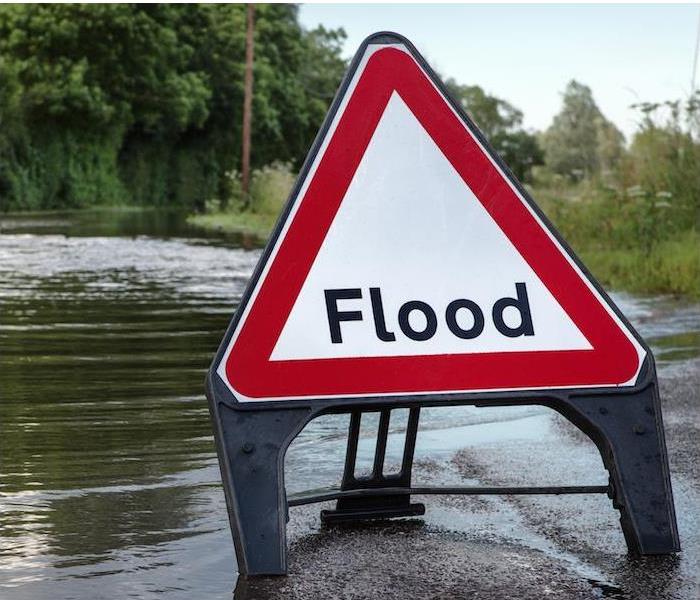The Facts About Flooding Types and Causes | SERVPRO® Spring Valley/Jamul
4/7/2022 (Permalink)
Flooding is a common natural disaster that claims more lives per year in the United States than hurricanes, tornadoes or lightning. Floods affect everything from an individual property to an entire community or city.
All 50 states and every U.S. territory have been affected by flooding, and there are many similarities in the type of flooding and the casualties. There are three common types of floods and four main reasons they happen.
Flash floods are a common type of flood that occurs when a storm with excessive moisture sits over an area and the ground becomes too overwhelmed to absorb all the water. These floods happen quickly and can carry objects away, large or small.
River floods happen when a river takes on too much water and begins to spill over its banks. River floods leave behind damage as they overtake the area near them.
Coastal floods occur near large bodies of water when a weather event causes the ocean or gulf to rise. Storm surge, rising tides or cyclonic activity can all contribute to this kind of flooding.
Heavy rainfall. Heavy rain has been one of the top sources of flooding in our neighborhoods here in Spring Valley and Jamul. We likely all remember the heavy rain that caused roads to wash out in 2019. These storms that move in with excessive amounts of moisture easily overwhelm our rivers and create flash flooding in our urban areas that lack soil to absorb excess water.
Oceanic activity. While we are primarily inland, we are more than familiar with the weather activities that our coastal neighbors deal with. Hurricanes, rising tides and storm surge can create catastrophic flooding when the ocean rises beyond its typical level.
Dams and levees failing. In recent history, the most notable levee break occurred in 2005 during Hurricane Katrina. Levees and dams break when they are cracked or under extreme pressure, causing the storm surge behind it to release. These floods cause catastrophic damage.
Snowmelts and ice dams. While snow may be an exciting prospect in our corner of California, those areas in our nation that see prolonged freezing temperatures and high amounts of accumulating snow have to prepare for flooding from snow melt and ice dams. Ice dams, or ice jams result from ice being forced downstream in a body of water and creating a block. This leads to water spilling over and flooding surrounding areas.
Regardless of the cause of the flooding, SERVPRO has the tools and teams to help your home or business recover from its disastrous effects. Contact us anytime when flooding or water damage makes a mess in your






 24/7 Emergency Service
24/7 Emergency Service
